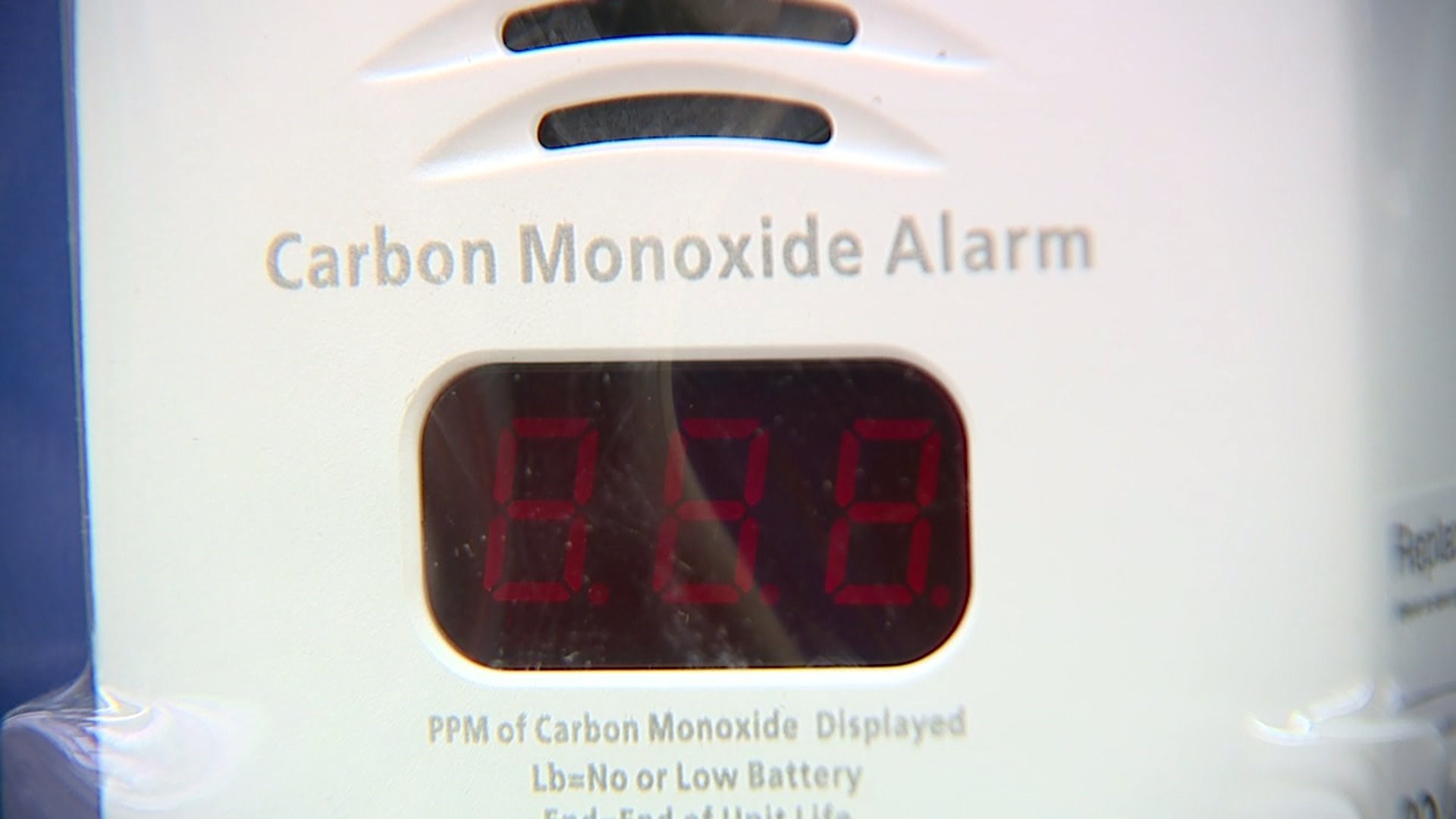MOLINE, Ill. — As we head into severe weather season, there is always a chance that we can lose power. These power outages can last anywhere from a few hours to a few days. When we go days without electricity, such as the August 2020 Derecho in the Quad Cities area, people use generators for electricity if they are available. It is very important to use them properly to avoid accidentally suffering from carbon monoxide poisoning.
Every year in the United States, approximately 430 people die from accidental carbon monoxide poisoning, and 50,000 visit the emergency room due to accidental carbon dioxide poisoning, according to the CDC. Four-thousand people are annually hospitalized.
Carbon monoxide poisoning happens when carbon monoxide builds up in your bloodstream. When there is too much carbon monoxide in the air and you inhale it, your body replaces oxygen in red blood cells with carbon monoxide. It can result in serious tissue damage, brain damage, cardiac complications or even death.
Carbon monoxide is so dangerous because it is a colorless, odorless and tasteless gas that is produced by multiple things such as burning gasoline (while using a portable generator), wood, propane, charcoal or any other fuel. Having this gas in a small, tight, sealed or enclosed space can cause it to accumulate to dangerous levels.
Signs and symptoms of carbon monoxide include: dull headaches, weakness, dizziness, nausea or vomiting, shortness of breath, confusion, blurred vision and loss of consciousness.
Those who are most at risk of getting carbon monoxide poisoning are:
- Unborn babies because fetal blood cells take up more carbon monoxide than adults
- Infants and young children because they take more breaths than adults
- Adults ages 65 and older who are more susceptible to brain damage
- Anyone with chronic heart disease, anemia, or respiratory problems
- Anyone living in high altitudes
Listed below are safety tips you should take to keep safe from carbon monoxide poisoning via portable generators:
- Always read the operators manual first
- If you feel symptoms leave right away
- Stay alert with carbon monoxide detectors
- Protect line workers from a back feed and install a transfer switch before connecting a generator directly to household wiring
- Choose generators with co-shut off systems that meet ANSI/PGMA G300-2018 standard requirements
- Keep it outside and far away from doors and windows
- Point fumes away from home and people
Treatments for carbon monoxide poisoning are breathing pure oxygen and spending time in a pressurized oxygen chamber. In an emergency room, you’ll breathe in pure oxygen through a mask placed over your nose and mouth. If you cannot breathe on your own, a machine (ventilator) may do the breathing for you.
In most cases, hyperbaric oxygen therapy is recommended. This is when you breathe pure oxygen in a chamber in which the air pressure is about two to three times higher than normal. This speeds up the replacement of carbon monoxide in your blood. In severe cases, this is highly recommended because it can help protect the heart and brain tissue which is vulnerable to damage from carbon monoxide poisoning.

